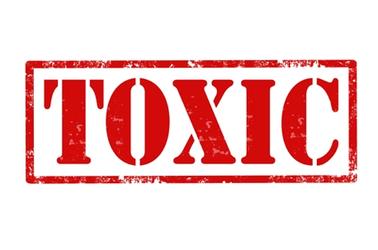Twee, fake and disingenuous
In an article entitled ‘Customer service is becoming more Kafkaesque by the day’ published in The Guardian in October, Oscar Rickett discussed how social media has been used – and misused – by brands to communicate with their customers. “Social media accounts, a spin-off of customer service, are used to whitewash reputations: that big oil company desecrating the Niger Delta? Oh they’re not so bad, they just tweeted a link to Grumpy Cat. This is the unbearably twee new world of customer service as branding exercise. It’s the world in which multinational corporations make pastry-related puns, have ‘conversations’ with each other online and then have those conversations breathlessly covered by BuzzFeed as if they were actual conversations and not just carefully managed branding exercises carried out by social media managers.”
This would be a scary, dark world if it were realised, but are consumers really fooled by the fanfare and fakery that can surround a brand’s social media presence? Not according to our research. We looked at how consumers use social media to communicate with brands, and in particular how they make use of it to complain.
Our hypothesis, based on numerous pieces of research in a variety of sectors, was that there is a type of consumer who uses social media primarily to complain about products and service-related issues. It would be true however to say our quest for what we called the Toxic Consumer was inspired more by Britney Spears than Franz Kafka.
According to the quant research, there are approximately a quarter of a million consumers who go out specifically to damage brands, and another quarter of a million we coined Ambulance Chasers who are out to profit from ‘complaint compensation’. Are these people fooled by brands on social media? I’d say definitely not – they are in fact wise to the powerful amplifying effect of Twitter. They have learnt how to turn its ability to air their opinions and problems out in the open, directly in front of brands and their followers, to their own advantage.
One savvy community member told us: “When writing a negative review I try to post it in as public a place as possible e.g. Facebook or Twitter. Most companies are fearful of negative publicity. It seems that they are constantly monitoring these social networks for negativity and so you tend to get a faster response.” If anything, the people we spoke to were maximising social media as a route to circumvent the Kafkaesque labyrinthine complaints’ bureaucracy some brands disappear behind.
The problem for brands is that for real consumers – toxic or not – social media is about human conversations and relationships. And brands simply can’t handle this depth of relationship on Twitter, however much they may want to. It is the Tweet bots and automated scripted responses that are twee and fake. If brands can’t let real people manage their responses, they’d be better off investing their money elsewhere, and forgetting social media.
This seems particularly pertinent to market researchers. It’s our job to understand people, to interpret their behaviour and attitudes for our clients, to get up close and personal. Social media is perfect for this – and that is why so many research agencies now use online communities, facilitating illuminating one-on-one conversations. But just as it is for brands, so it is for researchers. We must be genuine. No to automated responses, a ban on Tweet bots, rip up the scripts. If we start having ‘fake’ conversations in research, those Toxic Consumers will quickly become Toxic Respondents. And they bite back.
Andrew Wiseman is managing director of ICM Unlimited

We hope you enjoyed this article.
Research Live is published by MRS.
The Market Research Society (MRS) exists to promote and protect the research sector, showcasing how research delivers impact for businesses and government.
Members of MRS enjoy many benefits including tailoured policy guidance, discounts on training and conferences, and access to member-only content.
For example, there's an archive of winning case studies from over a decade of MRS Awards.
Find out more about the benefits of joining MRS here.












0 Comments